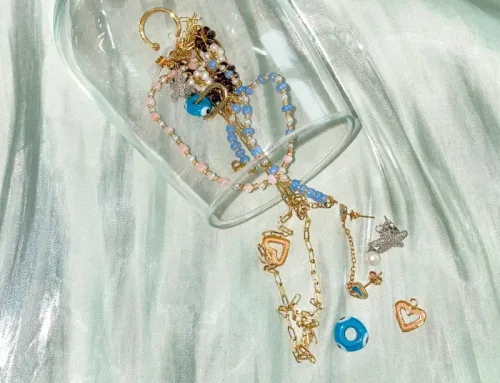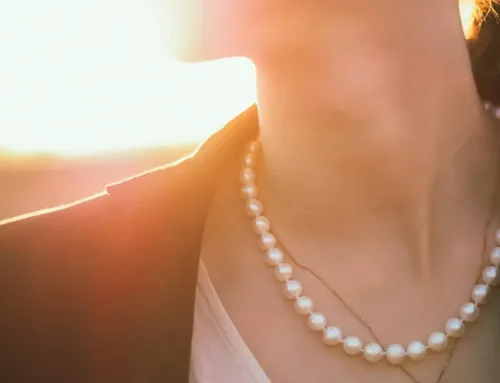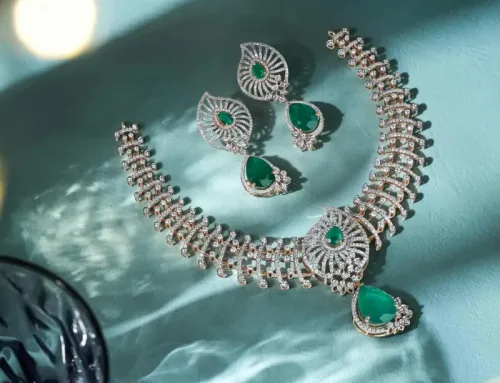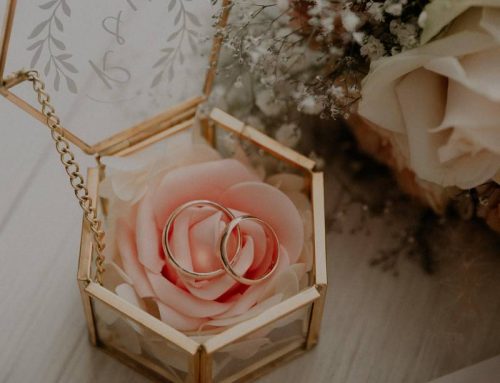Since the existence of synthetic diamonds & gemstones, especially cubic zirconia (CZ), there are many more choices for customers to afford sparkle pieces of jewelry without spending too much money.
This blog is curated to let you understand about its origin, meaning & how to use it properly.
What is Cubic Zirconia?
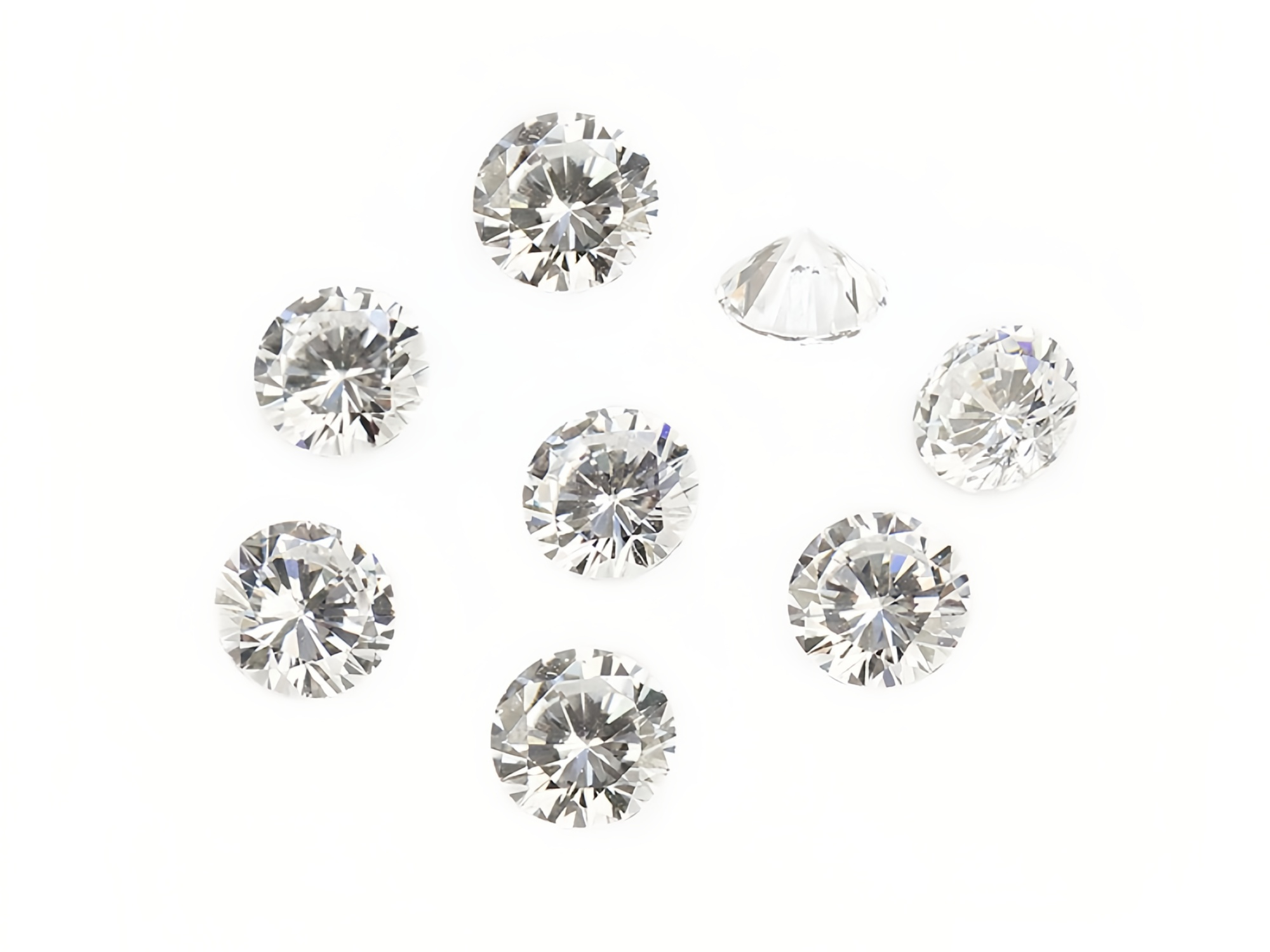
Since its introduction in 1976, Cubic Zirconia (CZ) has gained popularity as the preferred alternative to industrial diamonds. This synthetically produced crystal is known for its affordability, durability, and diamond-like appearance. CZ is a hard, colorless, and optically flawless gemstone, making it highly sought after in the jewelry industry.
Over the past century, CZ has undergone significant development and refinement, becoming widely accepted as a gemstone in the market.
Despite being man-made, CZ finds extensive applications in jewelry due to its outstanding physical and chemical properties. This is why many professionals in the jewelry industry consider CZ to be a reliable substitute for diamonds.
The Characteristics of Cubic Zirconia
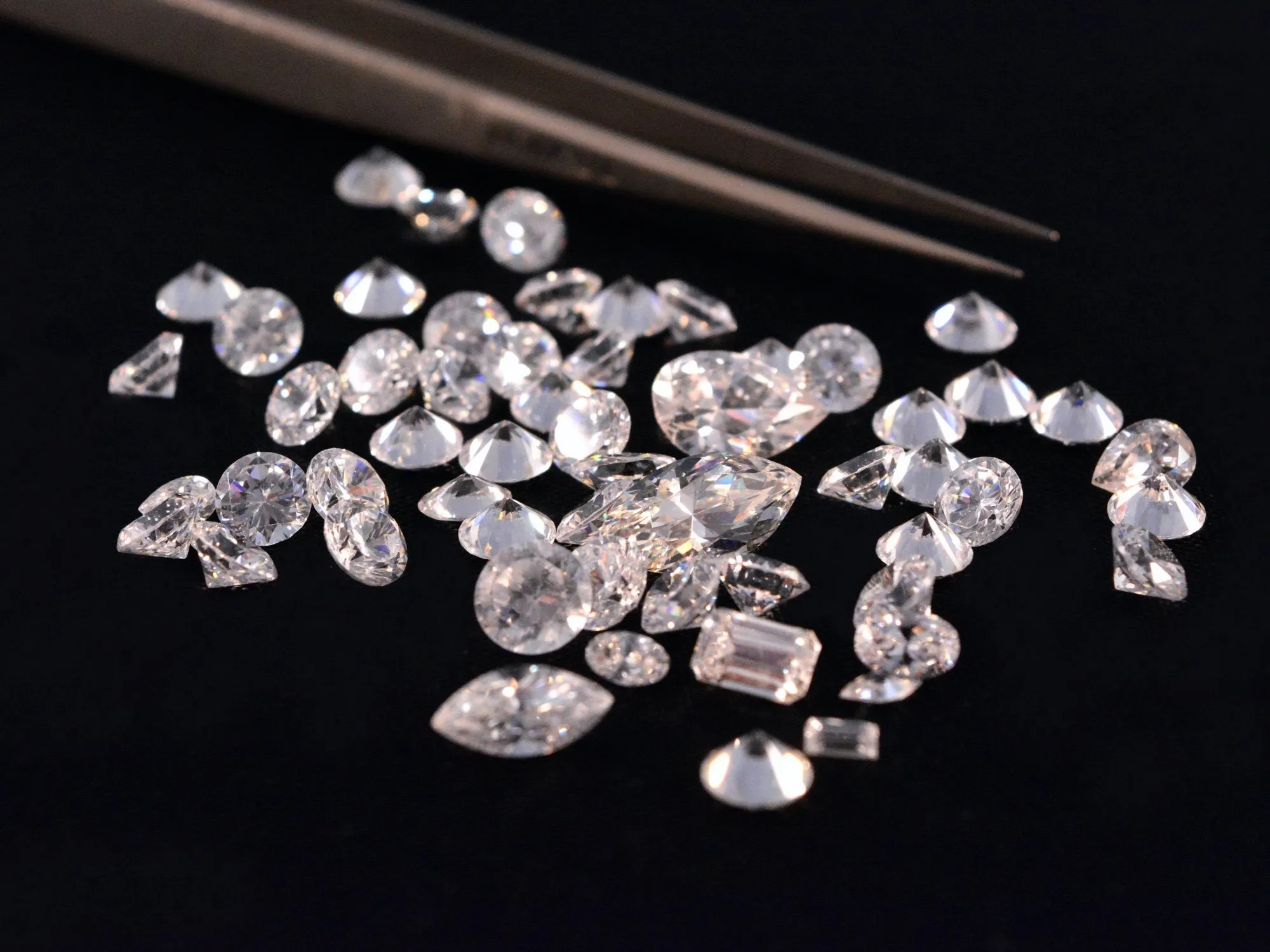
What makes CZ so special that it garners wide consumer acceptance and is often considered a substitute for diamonds? The answer lies in its remarkable physical and chemical properties.
Although CZ cannot match the hardness of a diamond, it still achieves a Mohs hardness of 8.5, making it capable of withstanding everyday wear and tear.
Moreover, CZ’s refractive index and dispersion closely resemble those of diamonds, allowing it to exhibit a dazzling fire similar to that of a diamond when light refracts and reflects upon it.
Nevertheless, there are differences between CZ and diamonds. For instance, CZ has a lower density compared to a diamond, resulting in a lighter weight for a CZ stone of the same size. Additionally, CZ possesses slightly higher dispersion than Moissanite diamonds, which can contribute to a heightened sparkle when viewed from specific angles.
The Color of Cubic Zirconia
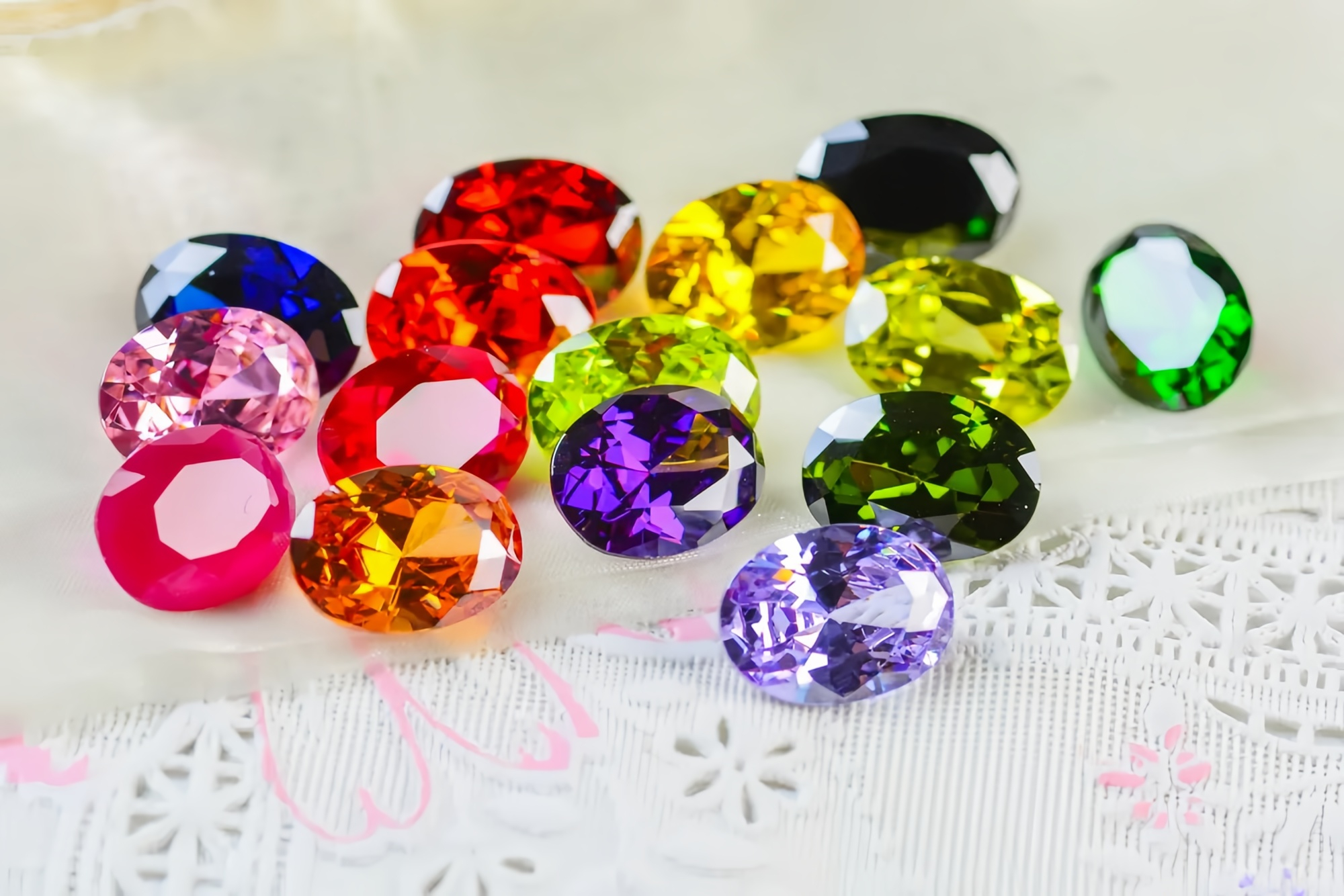
The color of CZ is also diverse, from colorless and transparent to a variety of colors, you can find them all in the market. This is because the color of CZ can be changed through methods such as doping and heat treatment.
Here are some common colors:
Clear or White: This is the most common color and is the closest to a diamond. Clear or white CZ is obtained through high-temperature heat treatment, has a pure and flawless appearance, and is often used as an important gift such as engagement rings.
Yellow, Orange, or Red: These colors are obtained by adding cerium (Ce) as a dopant to the raw materials. Cerium can change the absorption spectrum of CZ, giving it different yellow hues.
Green: This color is obtained by adding chromium (Cr) as a dopant to the raw materials. Chromium can give CZ strong green fluorescence, similar to emeralds.
Blue: This color is obtained by adding cobalt (Co) or iron (Fe) as a dopant to the raw materials. Cobalt or iron can give CZ different blue hues, similar to sapphires or aquamarines.
Purple: This color is obtained by adding neodymium (Nd) as a dopant to the raw materials. Neodymium can give CZ a violet luster, similar to amethyst.
Pink: This color is obtained by adding erbium (Er) as a dopant to the raw materials. Erbium can give CZ a pink luster, similar to pink gemstones.
Golden Brown: This color is obtained by adding titanium (Ti) as a dopant to the raw materials. Titanium can give CZ a golden brown luster, similar to a tiger’s eye.
What are the Common Shapes of Cubic Zirconia?
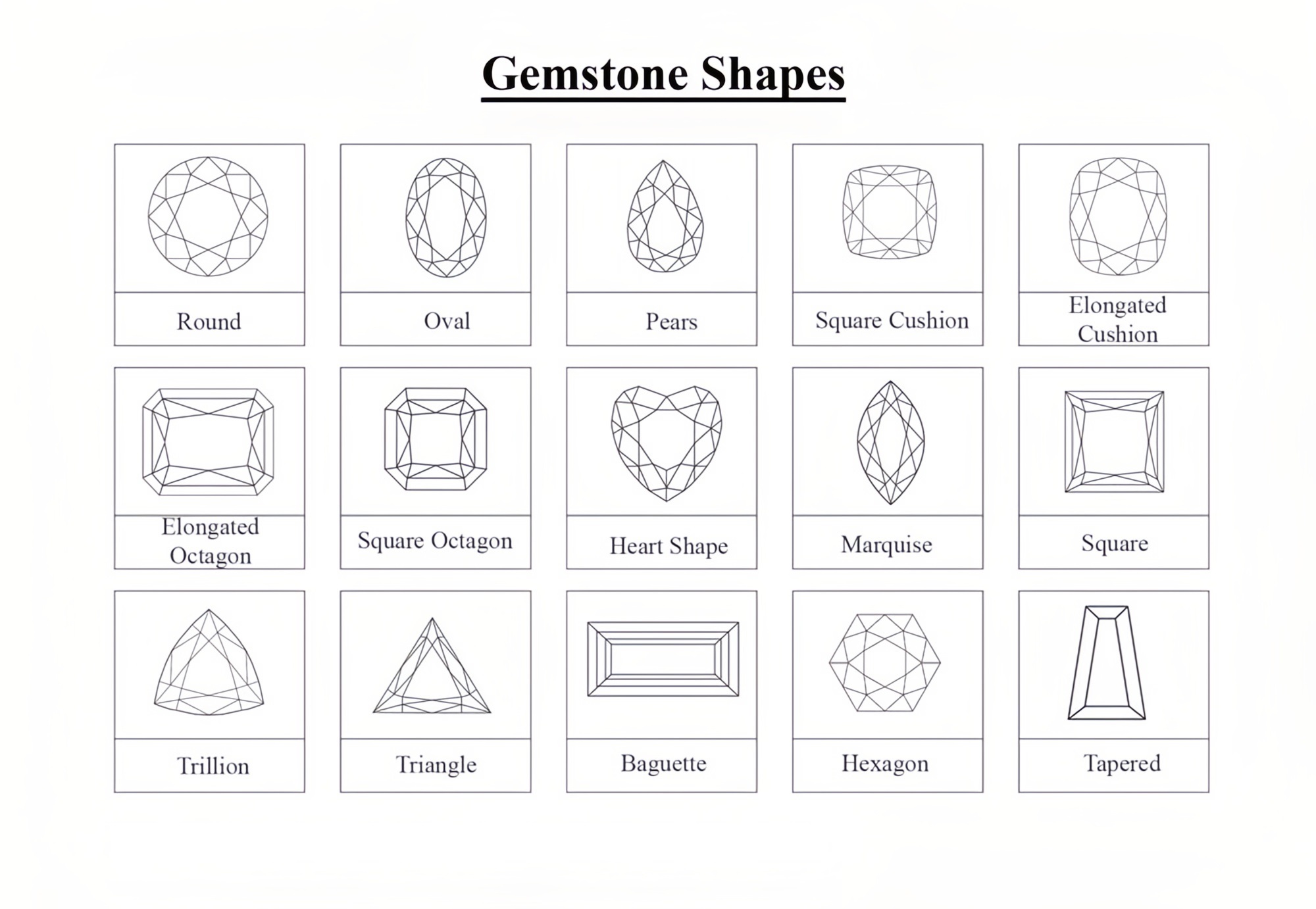
Cubic Zirconia, this artificially processed gemstone, with its dazzling luster and affordable price, has become an important part of the jewelry industry. Among them, its cut shape greatly impacts its optical effect and personal expression.
Round: Round CZ is the most common cut shape, representing perfection and classic. Round CZ performs excellently in terms of light reflection and refraction. This shape is suitable for traditional and elegant styles, and for those who wish their jewelry to have stable and lasting charm, round CZ is the best choice.
Oval: Oval CZ generally has a long axis and short axis ratio of 3:2, presenting a simple but not simplistic beauty. Oval CZ has smooth lines and is suitable for elegant, introverted individuals.
Heart: Heart-shaped CZ is the first choice for expressing love, representing eternal love and romance. If you want to give a special gift to your loved one on a special day, such as Valentine’s Day or an anniversary, then a heart-shaped CZ is your best choice.
Princess Square: Princess Square CZ has right angles at its four corners, representing elegant and modern beauty. Princess Square CZ is suitable for those who focus on fashion and individuality.
It’s worth mentioning that if you need a special shape of CZ, it can also be obtained through manual grinding. However, this method’s minimum order quantity and price will be higher than those of regular shapes of CZ.

